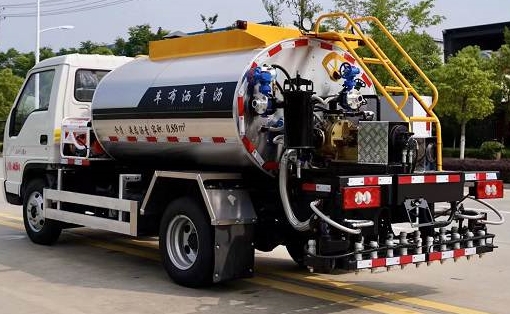Asphalt for racing tracks
Each F1 track must be paved with three layers of asphalt, middle and lower, of which the lowest layer is 10 cm coarse asphalt concrete bearing layer, its flatness is less than 8 mm; In the middle is a 4 cm medium grained asphalt concrete bond layer, its flatness is less than 5 mm; The top layer uses 4 cm modified asphalt mixture as the surface wear layer, and the flatness is less than 2 mm.
The paved F1 track cannot have more than 3 points per kilometer of flatness detection, which is much higher than the highway.
Each F1 track must be paved with three layers of asphalt, middle and lower, of which the lowest layer is 10 cm coarse asphalt concrete bearing layer, its flatness is less than 8 mm; In the middle is a 4 cm medium grained asphalt concrete bond layer, its flatness is less than 5 mm; The top layer uses 4 cm modified asphalt mixture as the surface wear layer, and the flatness is less than 2 mm. The paved F1 track cannot have more than 3 points per kilometer of flatness detection, which is much higher than the highway.


































